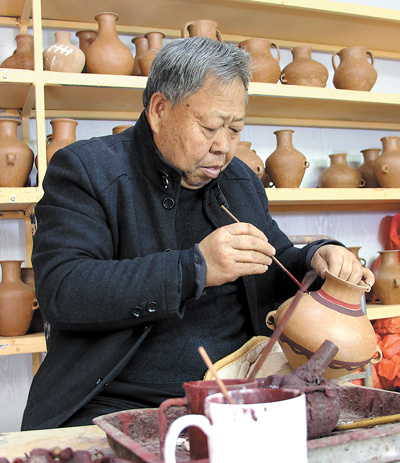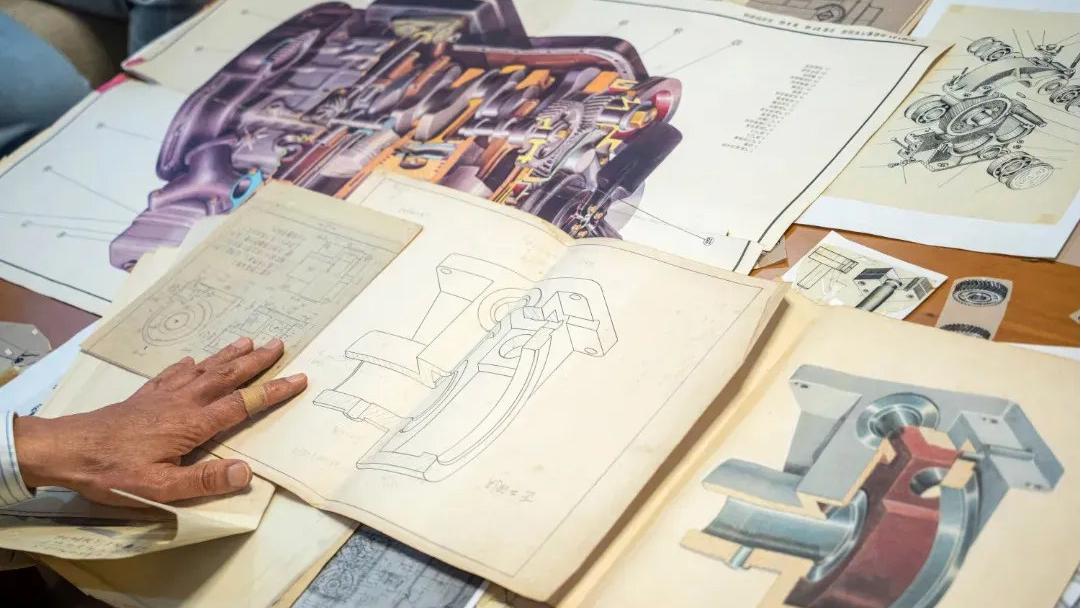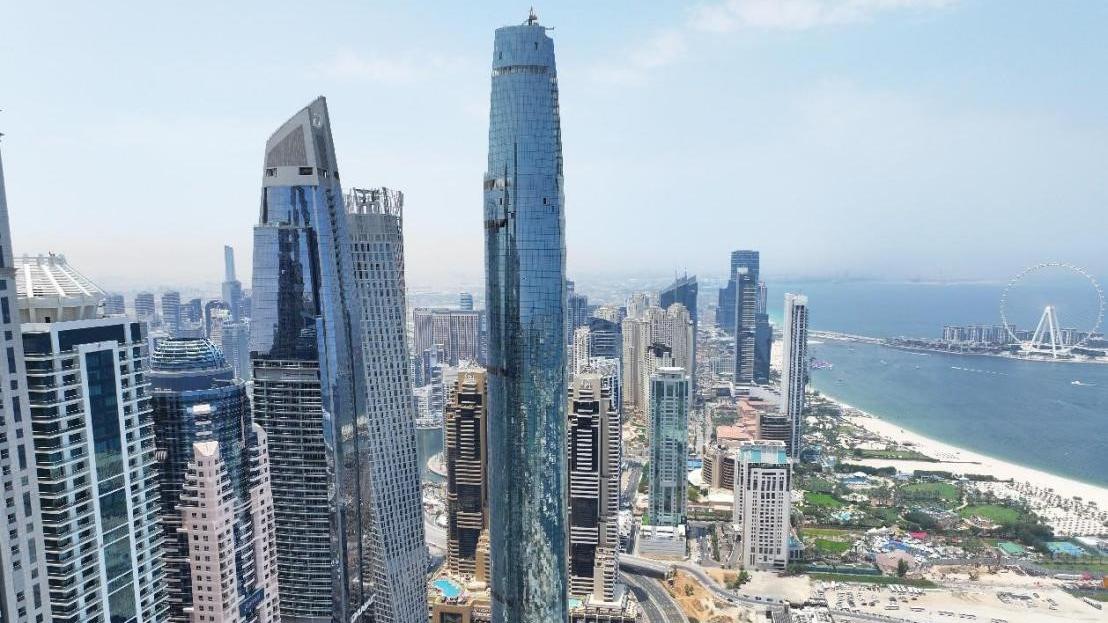Inheritor dedicated to passing on colored pottery craft in NW China's Gansu
Sixty-four-year-old Yan Jianlin is a representative inheritor of the pottery making craft, a provincial-level intangible cultural heritage item in northwest China's Gansu Province.
The Majiayao culture mainly developed in the upper reaches of the Yellow River, with a history dating back approximately 4,000 to 5,300 years. "The distinctive feature of the Majiayao culture is the extensive production and use of colored pottery, with a variety of shapes, exquisite workmanship, and colorful patterns," said Yan.

Photo shows Yan Jianlin, a representative inheritor of the pottery making craft, a provincial-level intangible cultural heritage item in northwest China's Gansu Province. (People's Daily/Zhao Shuaijie)
In 1988, the Majiayao site in Lintao county of Gansu was designated as a national key cultural relic protection unit by the State Council. Shortly after, Yan was tasked with producing colored pottery works. As a native of Lintao who had learned pottery making skills since childhood, Yan admitted that while he was familiar with Majiayao colored pottery, replicating it posed a challenge.
His first task was to select the right materials. To find clay that closely resembled that for ancient colored pottery, Yan dedicated days to studying pottery shards at the Majiayao site. He made multiple visits to museums to examine artifacts, read books, and spent hours in the library researching materials. After extensive efforts, he identified red clay with exceptional flexibility and strong plasticity for his project.
The process of making colored pottery involves various steps like preparing clay, molding, drying, polishing, painting, and firing. Yan emphasized the importance of having a certain level of painting skills. Majiayao pottery typically features colorful and smoothly flowing patterns on the neck and upper belly, such as net patterns, bird patterns, swirl patterns, and water wave patterns. According to Yan, without these decorations, colored pottery would lose its distinctive charm.
The decorative colors used in Majiayao colored pottery are primarily black and red. These colors undergo physical changes during high-temperature firing, becoming tightly integrated with the pottery surface and remaining intact for thousands of years. In his pursuit of developing pigments, Yan sought advice from materials and chemistry experts while also honing his painting techniques. As a result, the abstract repetitive geometric patterns in Yan's artwork gradually evolved into vibrant and dynamic designs.
Through continuous practice, Yan's pottery making skills improved significantly. His replicas of Majiayao colored pottery are displayed as handicrafts in museums, cultural centers, and various venues, serving as gifts and cultural products during cultural and tourism festivals.
Yan inspired his two sons to join the pottery making industry and set up a colored pottery company, producing over 3,000 pieces annually. They also founded a pottery making skills inheritance and training center to cultivate talents in colored pottery production. Recently, Yan and his family created an account on a short video platform to demonstrate pottery making techniques more vividly.
The pottery making skills inheritance and training center has become a popular summer destination for students due to the rising popularity of educational tours.
"This year marks the 100th anniversary of the discovery of the Majiayao culture and the 10th anniversary of the archaeological excavation of the Majiayao site. With the collaborative efforts of various sectors, Majiayao pottery has garnered increasing attention, reaching numerous households," Yan said.
Photos
Related Stories
- UNESCO inscribes Spring Festival on intangible cultural heritage list
- China builds over 9,100 intangible cultural heritage workshops to boost preservation, employment
- Shanyao salt field adheres to traditional sun-drying techniques in China's Fujian
- China sees notable progress in intangible cultural heritage protection, inheritance: report
- Pic story: inheritor of Tianlin Yao ethnic embroidery skill
Copyright © 2024 People's Daily Online. All Rights Reserved.









